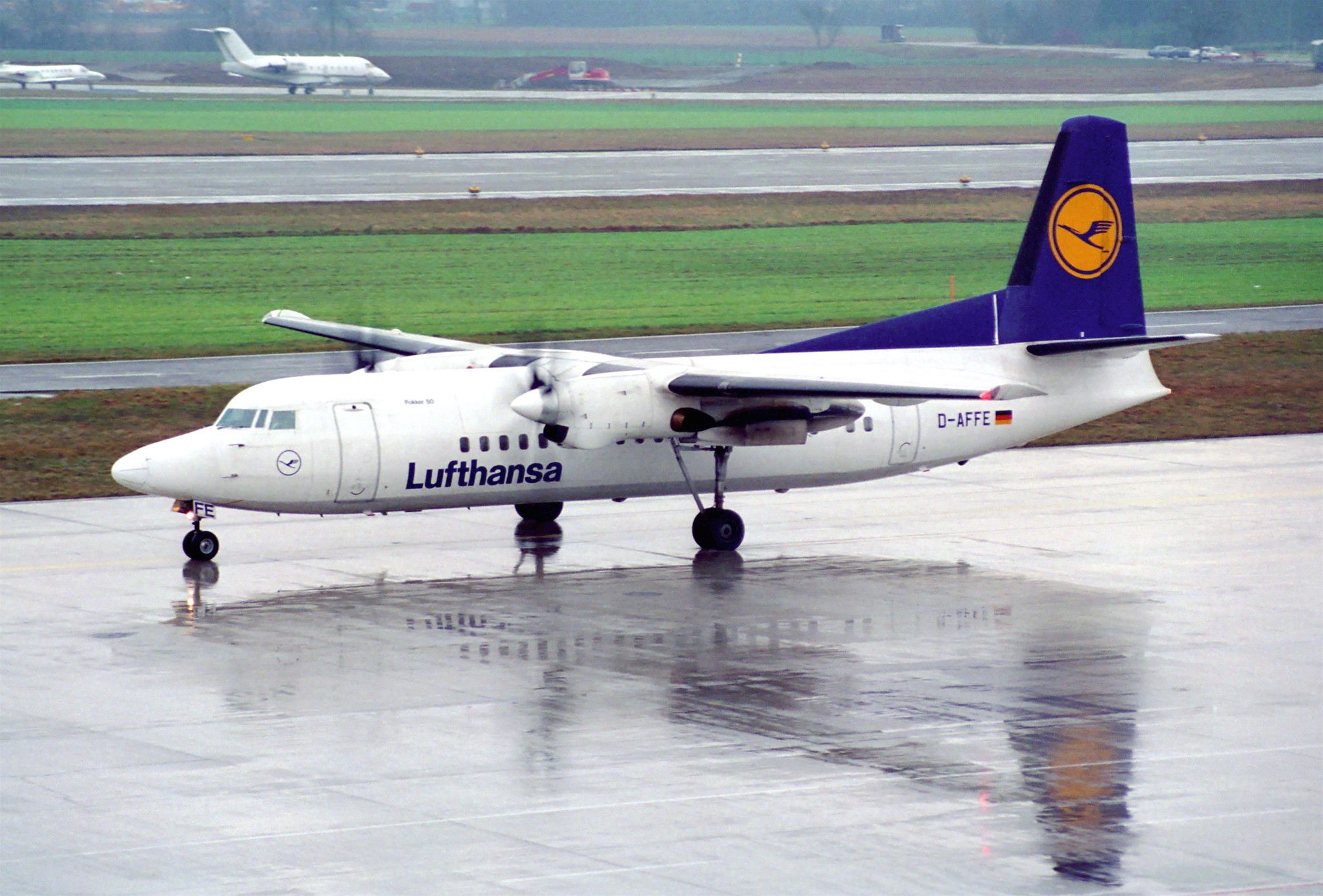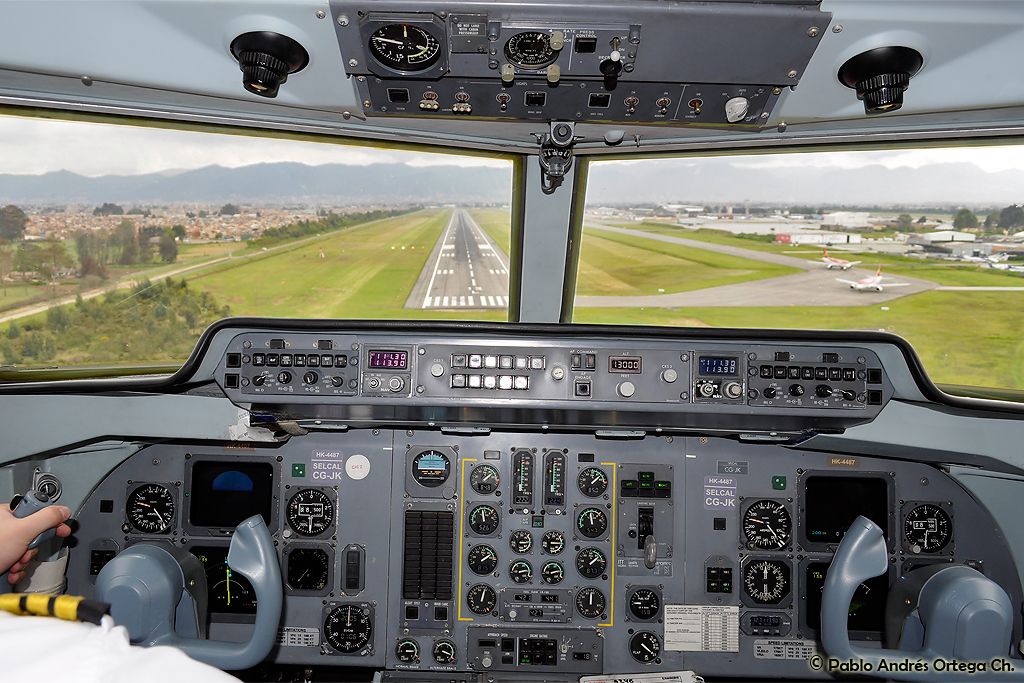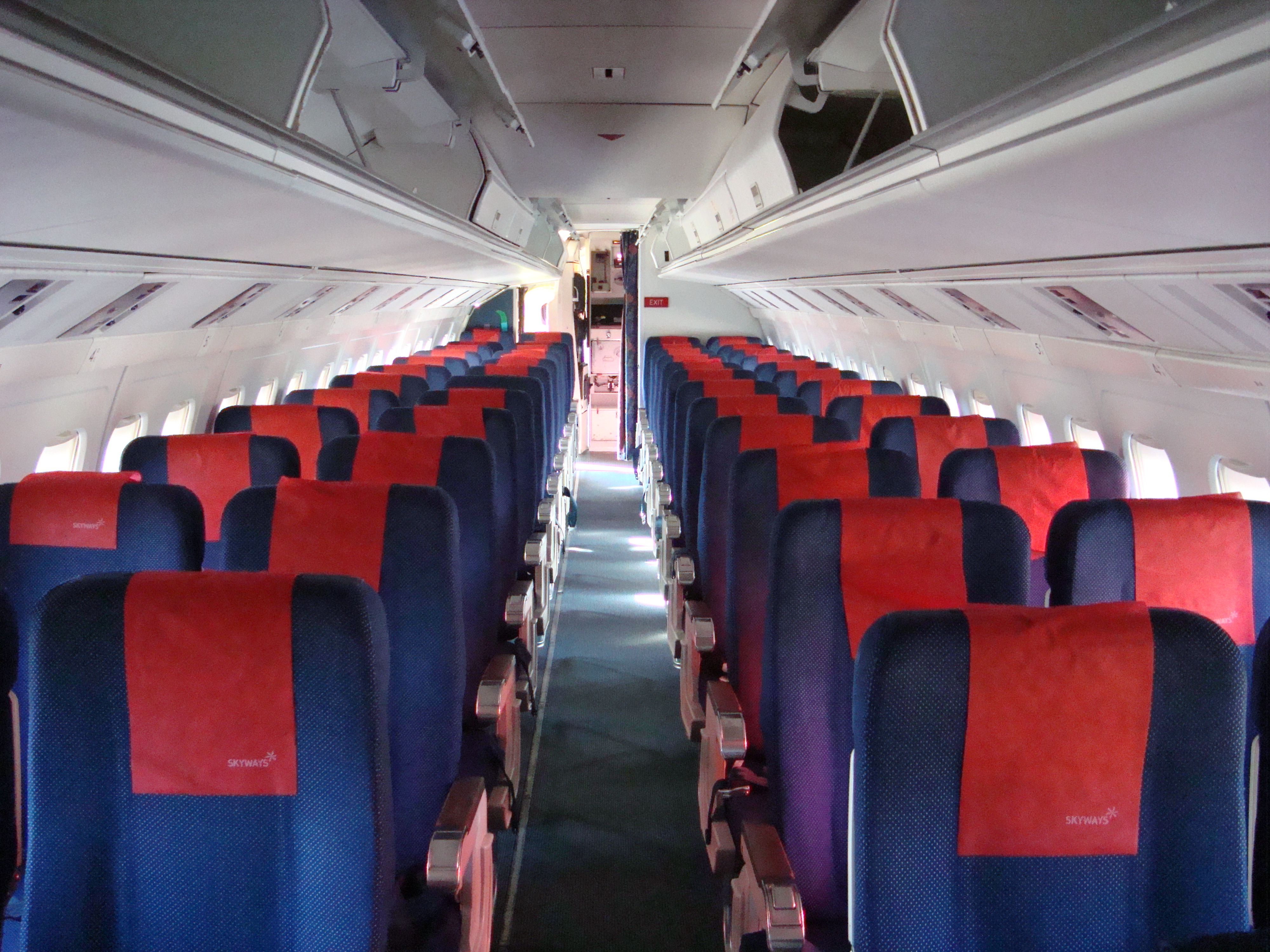Exactly 37 years ago today, on December 28, 1985, the Fokker 50 made its maiden flight. As we entered the 1980s, Dutch aircraft manufacturer Fokker noticed a decline in sales of its popular Fokker F27 Friendship.
Sales of the once popular turboprop airline that had kept it in production from 1958 had begun to decline. Worried about its place in the market, Fokker looked seriously at how it could improve its current offerings.
Fokker built upon the success of the F27 Friendship
In 1983 Fokker decided to improve its F27 Friendship using the latest technological advances. The first of the improvements was to add Pratt & Whitney Canada PW127B turboprop engines which improved the plane's fuel efficiency by 30%. New propellors were added, and composites were used instead of metal to reduce the aircraft's weight.
Fokker also redesigned the F27s wing and added more automation features to the cockpit. When building what was to be the Fokker 50, the company outsourced much of the work. The plane's wings were constructed by Belgium aerospace firm SABCA, and the fuselage by French aircraft manufacturer Dassault. German aerospace company Messerschmitt-Bölkow-Blohm (MBB) made the plane's flaps, while Japanese company Fuji Heavy Industries constructed the vertical and horizontal stabilizers.
The F50 entered service with airlines in 1987
The first two prototypes built took to the skies for the first time in December 1985 and were certified by the Netherlands aviation authorities two years later. The launch customers for the Fokker F50 were German airline DLT Luftverkehrsgesellschaft and Ansett Australia.
By the mid-1990s, Fokker was having financial difficulties and was forced to cut production of the F50 as it looked to reduce costs. In 1995, it began a long-term restructuring program which included trying to renegotiate prices with its suppliers. Now in dire straits, the Dutch planemaker asked the government for a bailout as its losses continued to mount. Fokker's owners, Daimler-Benz Aerospace AG (DASA), had agreed to put in more cash, but it was contingent on the Dutch government's bailout.
About the Fokker 50
Able to carry up to 62 passengers, the Fokker 50 can fly in and out of most airports worldwide, including those with unpaved runways. The plane possesses excellent short-field performance and can make steep approaches to airports. An example would be how aircraft need to land at London City Airport (LYC) in the Docklands.
Specification and general characteristics of the Fokker 50:
- Crew: Two flight crew
- Capacity: 46 seats
- Length: 82 feet 10 inches
- Wingspan: 95 feet 2 inches
- Height: 27 feet 4 inches
- Wing area: 750 square feet
- Empty weight: 29,542 lbs
- Max takeoff weight: 45,900 lbs
- Fuel capacity: 9,090 lbs
- Fuselage width: 8.86 feet
- Powerplant: 2 × Pratt & Whitney Canada PW125B turboprop engines, 2,500 hp each
- Propellers: six-bladed Dowty Rotol composite propellers, 12 feet 0 inches diameter
Performance
- Maximum speed: 351 mph
- Cruise speed: 310 mph
- Range: 1,000 miles
- Service ceiling: 25,000 feet
Competition in the regional airliner market meant that Fokker was now competing with the ATR 42 and the Dash 8. Even though the Dutch firm did all it could to reduce costs and become more efficient, it failed to compete and went into liquidation in 1997 after delivering the last Fokker 50 ever made.



